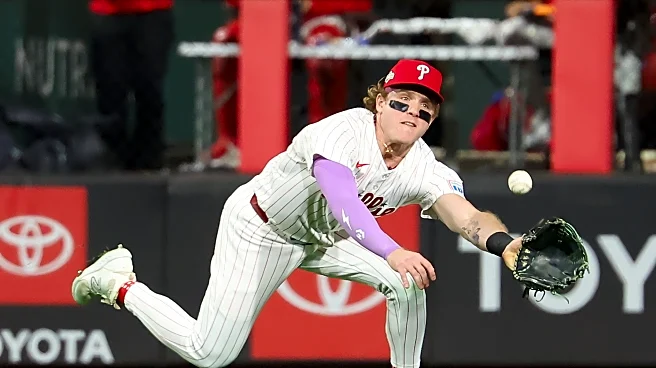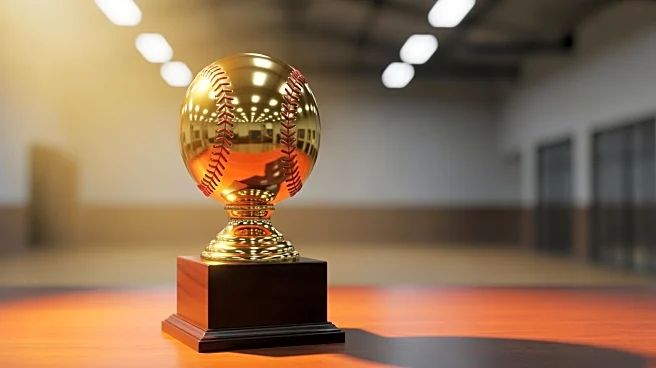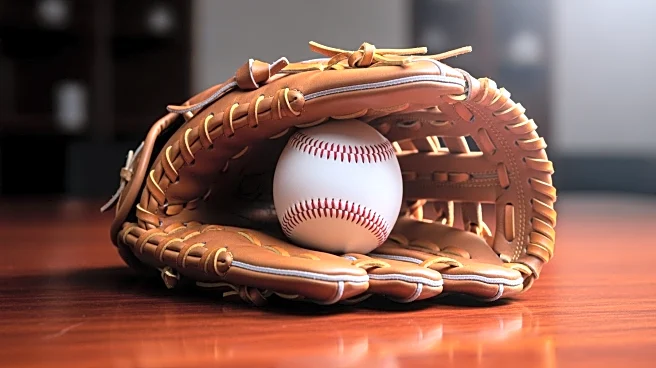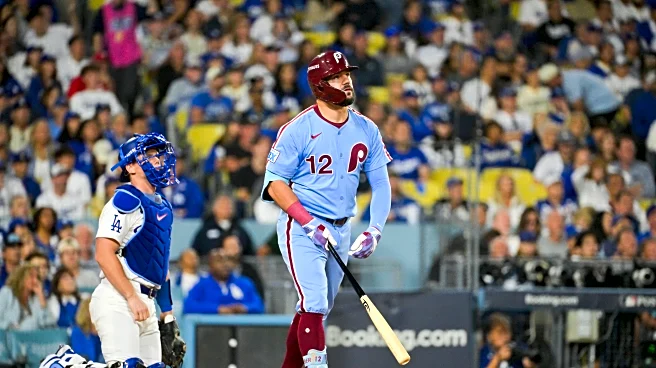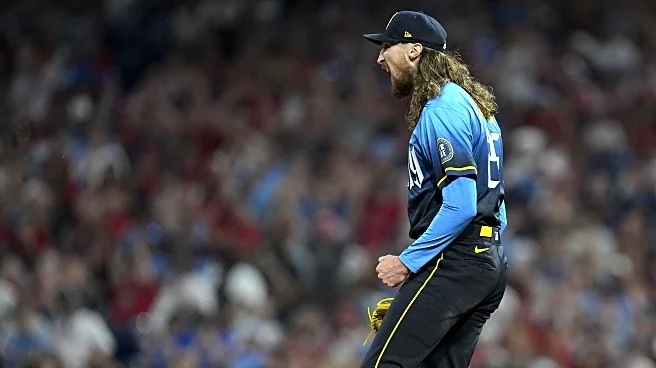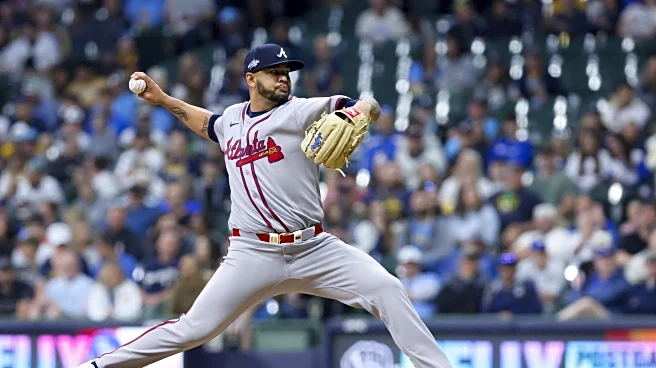It’s a Phillies tradition: a new outfielder at the deadline. 2022 brought Brandon Marsh and his beard, 2024 brought Austin Hays for a tenure cut untimely short by nephrological misfortune. And 2025 saw
Harrison Bader take his talents from one fraternal metropolis to another. The deal got less attention at the time than the other swap between the Phillies and Twins, which brought Jhoan Duran to our fair city. Perhaps that’s not surprising; closers have a certain cachet, and Duran came with his thrilling entrance show (oh, and there was that 100 MPH fastball thing, too). But Bader proved to be a positive jolt in in his own right, making up for his lack of flaming tarantulas with a productive bat and strong glove.
2025 stats:
Overall: 501 PA, 277/.347/.449, 17 HR, 54 RBI, 27.1 K%, 7.8 BB%, 122 wRC+, 3.2 fWAR
With the Phillies only: 194 PA, .305/.361/.463, 5 HR, 16 RBI, 28.4 K%, 6.2 BB%, 129 wRC+, 1.2 fWAR.
What went right:
With Nick Castellanos and Max Kepler struggling, along with Brandon Marsh’s struggles against southpaws, the Phillies needed an outfielder who could deal some damage with his lumber. If Bader could maintain his performance as a Twin (.258/.339/.439, wRC+ 118), they Phillies would’ve been happy. But he did not maintain his performance. He improved it. Maybe Schuylkill water is his equivalent of Popeye’s spinach.
He brought more pop in 2025 than he had before. He barreled the ball 10.2% of the time; while that put him in only the 60th percentile league-wide, it ranked as the best performance across a full season of his career (not counting 2020). That was surely aided by a faster bat with Bader adding over 2 MPH to his swing from 2024 to 2025. His fast swing rate soared from 19.9% to 37.1%. Back in 2023, it was at 14.8%. That greater power was also paired with greater selectivity, as his walk rate jumped from 4.8% to 7.8%. That still put him beneath league-average at grabbing free passes, but much closer to it than he was in past seasons.
His glove proved effective as well: he ranked in the 92nd percentile in Outs Above Average, and in the 84th for arm strength.
All of which is to say, he was exactly what the Phillies needed.
What went wrong:
Don’t look a gift horse in the mouth, as the saying goes. But this is baseball, and we have the data for that horse’s mouth, and numerous advanced statistics built on horse’s mouth data, and dammit, we’re going to look at that horse’s mouth.
And when we do, the picture that emerges of Bader’s 2025 is significantly less rosy. It’s really rather blue, in fact.

Outside of his bat speed and barrel %, Bader was below average, and often well below average, in all of the batting metrics tracked on Baseball Savant’s graphic. He struck out plenty, whiffed a lot, chased a lot, didn’t square-up his contact often and so ended up not hitting the ball hard so often. Yes, the actual results on the field were quite good. But while they weren’t illusionary, they may were been aided by good luck: his overall BABIP of .359 was the second highest in baseball among players with at least 500 PA (he fell just shy of being a qualified batter). And his BABIP in a Phillies uniform was a ludicrous .415.
Whenever expected stats are brought up, there’s a very reasonable question that emerges: why should we care about what hypothetically should have happened over what actually did? And the answer is this: the expected stats may tell us more about what’s likely to happen going forward. Bader’s performance in 2025 was excellent, but you can only outplay the peripherals for so long. He is not likely to have such a good batting average on balls in play in 2026. The Bader we see in 2026 is not likely to look like the Bader we saw post-deadline in 2025. He is likely to look more like the Bader that the xStats point to.
That said, it would be a mistake to dismiss Bader’s 2025 performance as being mere happenstance. What actually happened actually matters, and some of his 2025 success was the result of real change, real improvement. But it’s not easy to pick up exactly where you left off, and even more so when the peripherals are telling a different story.
The future with the Phillies:
On November 4th, Harrison Bader turned down his mutual option with the Phillies, becoming a free agent. On November 11th, he made an Instagram post that many took to be a farewell, saying “Two and a half months was not nearly enough, but that’s all the Gods had in store for us this year”. But it wasn’t a farewell, as his agents later clarified. Of course, a farewell might be forthcoming. The Phillies would like to bring Bader back, and Bader would clearly relish a chance to return. But Bader would, quite reasonably, also like to parlay his career year into a bigger paycheck, hence the declined option.
The Phillies have a lot of moving parts this offseason, with money that may need to be put into bringing Kyle Schwarber and J.T. Realmuto back. If there’s enough money to give Bader a contract that suits what he’s looking for, it’s an easy choice to bring him back. That saiad, if ifs and buts were cotton candy and nuts, all the CBP vendors would be out of a job. There’s a chance that Bader and the Phillies, despite their mutual appreciation and interest, can’t find terms that work, and those two and a half months end up being all he gets in a Phillies uniform. It’s clear from the way he wrote about Philadelphia that he’d regard that as being a disappointment. It’s clear that Phillies fans would feel that way too. Here’s hoping those two and a half months were just a prelude.
